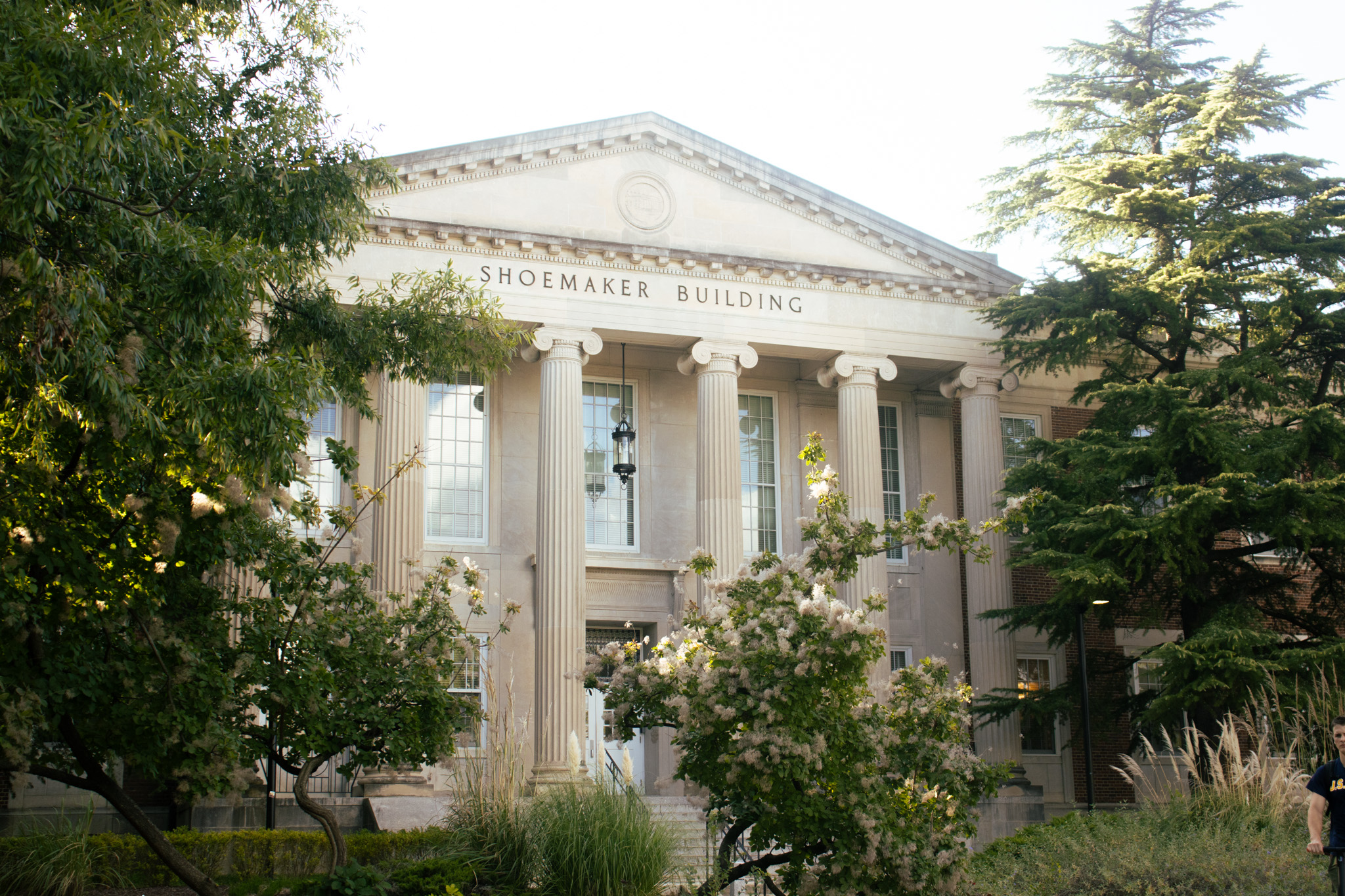Views expressed in opinion columns are the author’s own.
When the campus community receives alerts, they often come with links to mental health resources on campus. This Monday’s email from University of Maryland Police narrowed resources down to just one — this university’s counseling center.
The counseling center should be among the most useful and convenient services on campus. Administrators, recognizing this, authorized renovations last year for the center to accommodate more staff.
Counseling is important, but dealing with the center can be inconvenient. After waiting to begin the intake process, there’s the challenge of scheduling appointments around classes and work. The center provides a maximum of eight sessions per 12 month period. Also, the amount of time students work individually with a professional is six sessions, on average. The center has to balance service to the whole campus with service to each individual student.
The center’s last annual report said that adapting to both university-aided renovations and staffing increases has been challenging. It also reported an eight percent decline in students seeking services, even as their capabilities expand and an increasing number of college students say they’ve sought therapy.
Counseling center resources are often distributed by administrators, professors and students to support the campus community. Its staff provides everything from individual therapy to career counseling. When utilized, it is one of the university’s most valuable resources.
Hiring more staff will help improve the center, but reorganizing its efforts to better reach and care for students can also be a huge help — and should be a priority when hiring isn’t feasible. The counseling center can start by strengthening demographically specialized care capabilities and connecting with telehealth providers to give students resources beyond their allotted number of sessions.
Expanding therapy offerings doesn’t just have to mean hiring more people. Georgetown University and some higher education institutions in New Jersey have integrated telehealth programs with campus resources to provide free, individual therapy sessions. This university should mirror this model.
At the end of the individual therapy terms, or instead of in-person therapy if demand is high and the patient agrees to it, the counseling center should direct students to university-verified teletherapy organizations for support.
This university would have to invest in this program to ensure its free access. If it wants to improve its equitable treatment of students and investment in our mental wellbeing, the university has a responsibility to ensure that care can continue after the allotted on-campus sessions are up.
The ideal way to improve the counseling center would involve hiring more full-time therapists, but if this isn’t possible due to budgeting concerns or a scarcity of qualified employees, the school could still improve the accessibility of their available services.
Anxiety was one of the most cited issues students recorded facing before completing the new student census. The counseling center should try to reach students daunted by the process of asking for help by better tailoring their services for groups statistically more likely to visit them.
For example, nearly a third of students seeking counseling last year identified with the LGBTQ+ community. Rainbow Hours and demographic-specific walk-in services do exist, but a more robust partnership with the existing LGBTQ+ Equity Center, involving individual sessions inside the Marie Mount Hall office, should be implemented to synthesize the centers and streamline resources for these students.
Also, counseling center staff should work to pair students with therapists who can relate to students’ identities and experiences beyond simple allyship. This would require seeking out and hiring professionals from diverse backgrounds or partnering with telehealth organizations with said professionals.
This would make students who are anxious about beginning therapy more comfortable. Getting to know your therapist isn’t as hard when they already know what you’re going through.
What would campus life look like if every student was afforded access to therapy on our own terms? It would improve our interpersonal relationships and give students struggling with mental health an outlet to talk with people who know what they’re going through.
Mental health issues can be hard to express, especially to a relative stranger. Speaking with a licensed professional who went through the same thing and came out the other side can make it easier to begin seeking help.
Before coming to college, teens seeking mental health treatment often have to navigate their parents’ approval, cost concerns, getting to and from a therapist’s office and the dread-inducing thought that things won’t get easier once they arrive at college. This university can show us otherwise — that it does get easier.
Joey Barke is a junior government and politics and journalism major. He can be reached at joey@terpmail.umd.edu



